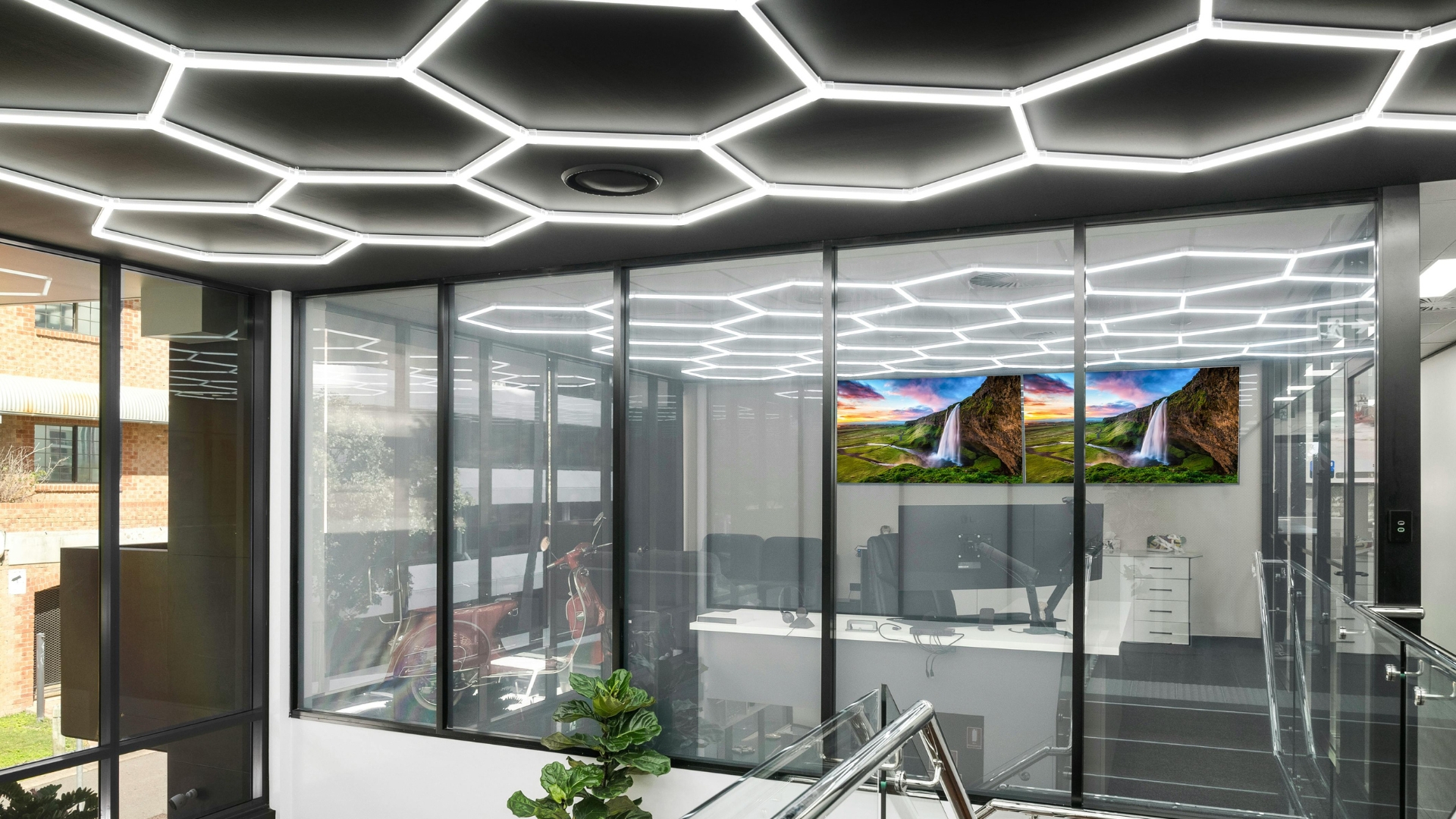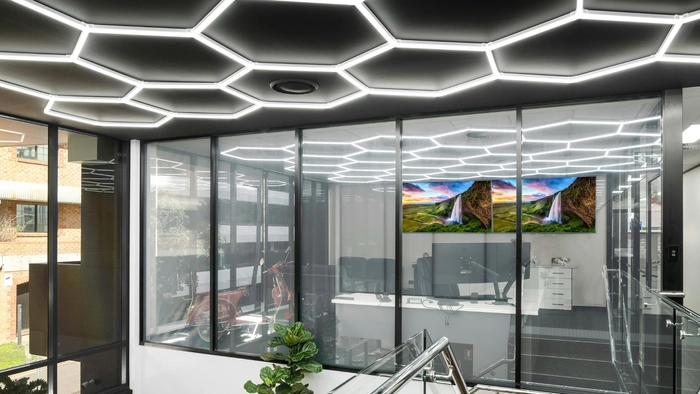
What Is an LED Retrofit?
An LED retrofit is the process of upgrading your existing lighting fixtures—often fluorescent, halogen, or incandescent—to energy-efficient LED alternatives. You don’t always need to replace the entire fixture; many retrofits simply swap out the bulb or internal components, depending on your setup.
Why LED? The Power-Saving Advantage
Here’s why LED lighting is far superior when it comes to energy efficiency:
-
Up to 80% Less Energy Consumption: LEDs use a fraction of the electricity compared to traditional bulbs.
-
Long Lifespan: LEDs can last 50,000+ hours, reducing replacement frequency and labor costs.
-
Low Heat Emission: Less energy is wasted as heat, lowering cooling costs in your facility.
-
Instant-On Performance: No warm-up time means lights are only used when needed, especially when paired with motion sensors.
How Much Can You Actually Save?
Let’s break it down with a basic example:
-
A traditional 100W incandescent bulb vs. a 15W LED.
-
If used for 10 hours per day, 300 days a year:
-
Incandescent: 100W x 10 hrs x 300 days = 300,000 Wh = 300 kWh
-
LED: 15W x 10 hrs x 300 days = 45,000 Wh = 45 kWh
-
That’s 255 kWh saved per bulb, per year.
Multiply that by hundreds of fixtures in a commercial building, and your annual savings could hit tens of thousands of dollars, depending on your usage and local energy rates.
LED Retrofit Options for Commercial Spaces
1. Troffer and Panel Lighting
Common in offices and schools. LED panels offer uniform light, low glare, and excellent energy efficiency.
2. High Bay Fixtures
Warehouses and industrial facilities benefit greatly from LED high bays—less maintenance and better lighting performance.
3. Outdoor Lighting
Retrofit your parking lots, signage, and pathways for energy savings and improved safety.
4. Tube Replacements (T8/T12)
LED tubes fit into existing fluorescent fixtures and offer a fast ROI.
Additional Benefits Beyond Cost Savings
-
Improved Light Quality: LEDs offer better color rendering, reducing eye strain and creating a more professional environment.
-
Utility Rebates: Many cities and utility companies offer rebates or tax incentives for LED retrofits.
-
Lower Maintenance Costs: Less frequent bulb changes mean fewer disruptions and lower labor costs.
-
Environmental Impact: Reduced energy use = lower carbon footprint = better for your ESG goals.
How to Get Started
-
Lighting Audit: Hire a commercial lighting expert to evaluate your current system and identify opportunities for upgrades.
-
Cost-Benefit Analysis: Understand upfront costs, expected energy savings, and payback period.
-
Rebate Research: Look for local, state, or federal incentives.
-
Choose Retrofit vs. Full Fixture Replacement: Sometimes replacing the entire fixture makes sense. Other times, a retrofit is faster and cheaper.
-
Install & Monitor: Use smart controls to track energy usage post-install.
Final Thoughts
LED retrofits are a no-brainer for any business looking to cut costs, improve lighting quality, and reduce their environmental impact. With fast payback periods—often under 2 years—and substantial long-term savings, it’s one of the smartest facility upgrades you can make.
Ready to reduce your commercial power bill? Consider starting with a professional lighting audit and see how much you could save with an LED retrofit.

